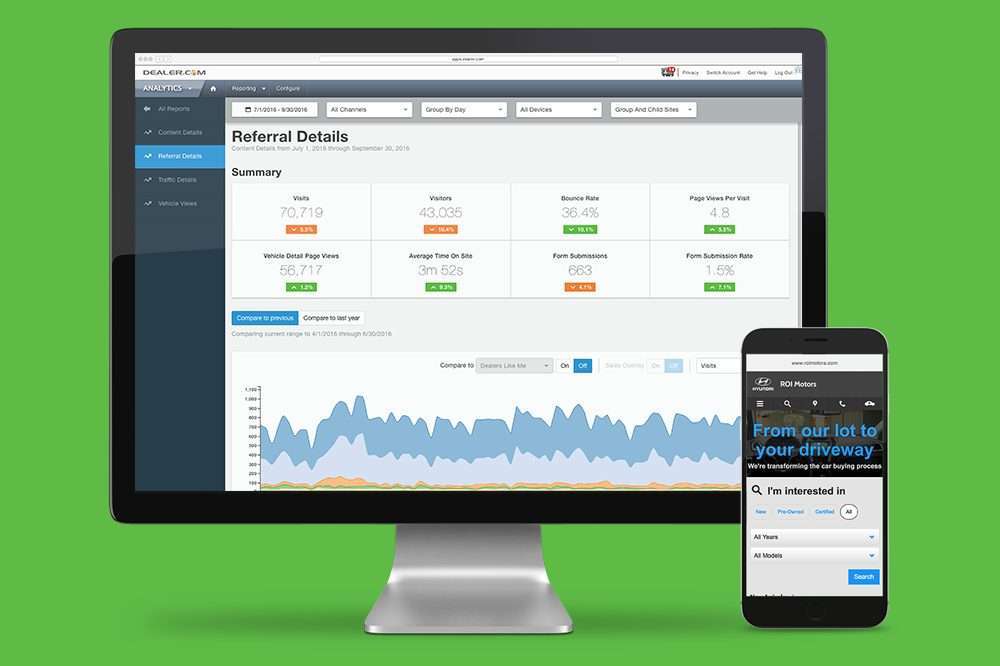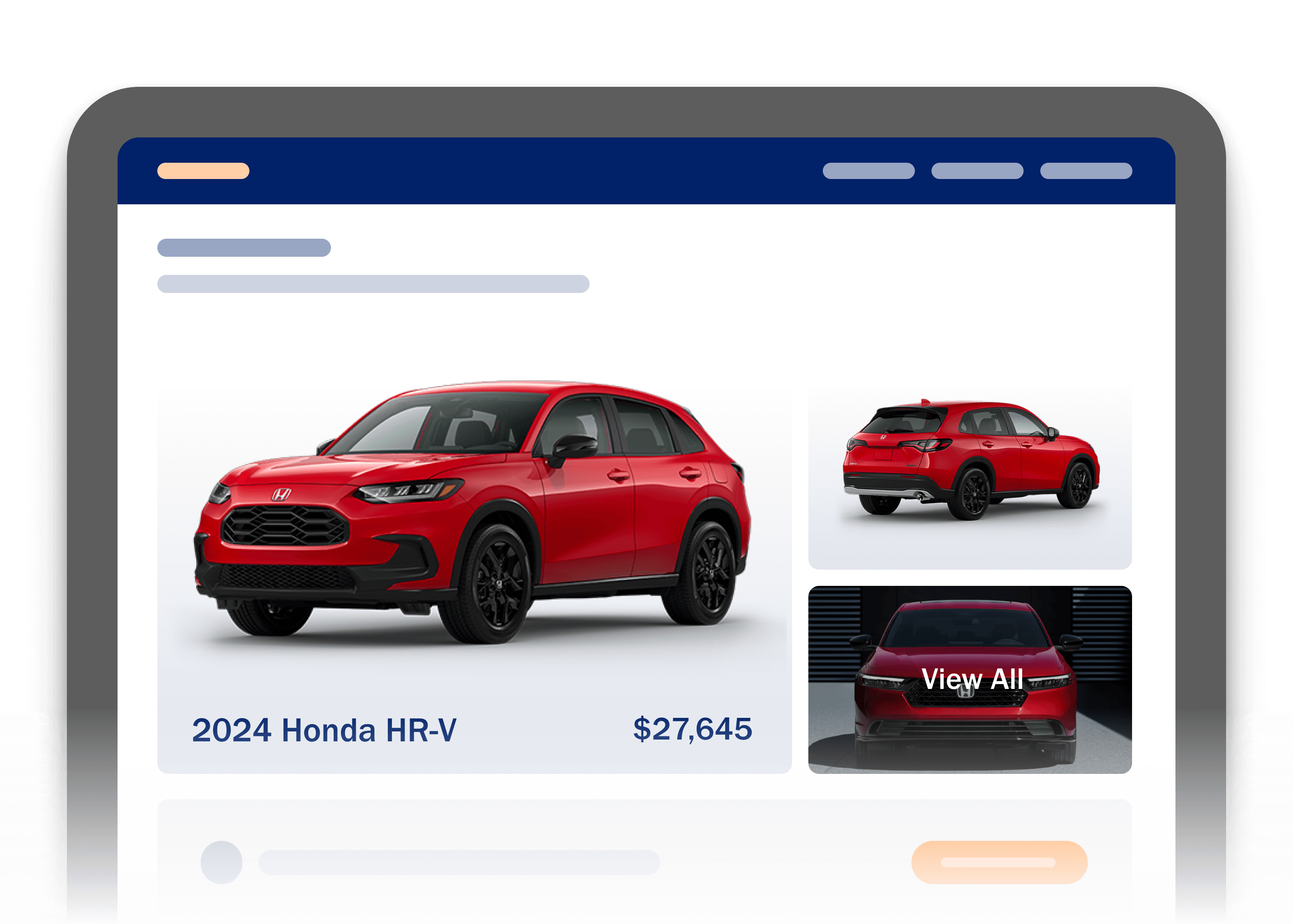Whether you’re a seasoned dealership analytics veteran or just getting started in tracking your business’s digital performance, this article is for both of you. Think of digital traffic this way: it’s a binary stream of car shopper data that flows to your dealership. The head waters of this traffic are numerous: your dealership website, social media, Google reviews, online marketplaces, email campaigns. Almost everywhere potential shoppers go online, there are digital touch points to help steer them down a path to purchase a car from your dealership.
But even the most roaring river of shopper data would mean little if it weren’t trackable and measurable. Enter referral analytics.
Referral analytics are what tell your website host where traffic is coming from to reach your site. Common referral sources include Google, Facebook, and Autotrader, to name a few. Most websites accessed with a desktop or mobile browser will provide this referral information when a user clicks a link that takes him or her from one site to another.
Email campaigns, links in chat systems, and mobile phone apps require tracking codes to specify campaign source (i.e. “newsletter”), campaign name (i.e. “October”), and other parameters. For users of Google Analytics, you know these as UTM codes. Using these UTM codes would allow a website administrator to drill down into the data to see, for example, how many website visitors got to the website via the link placed in the October email newsletter or the tent sale post made on the store’s Facebook account.
But here’s why referral analytics are really important:
1. Monitoring your referral analytics helps you see which of your marketing channels are getting people to your website. If a particular channel, such as your mobile phone app, is not effectively driving web traffic to your site, you may need either to re-assess the user experience of the app or it may be time to consider ending that channel and reallocating those funds into one that’s producing better results.
2. Referral analytics also show you how well the traffic from each digital channel is performing on your site. Performance metrics such as “average time on site” and “page views per visit” can be assessed for each specific referral source, allowing you to see which sources are delivering high-performing (engaged) traffic instead of poor (low time on site, low page views per visit) traffic.
3. Ultimately, all of the information you can see for referral traffic can be used to strengthen your digital strategy. If you know that the traffic coming from your paid search ads is performing well, you know you need to continue investing the same amount of resources into that channel, if not more. Most often, when you’ve got a high-performing channel you want to increase the investment in that channel until you start to see diminishing returns.
Your dealership website is a high-quality chef’s knife. For best results, you’ve got to keep it sharp and clean. Neglect it and it becomes a blunt instrument, lacking the precision needed for carefully targeted cuts. Analytics are the knife sharpener, a tool to help transform your digital dealership from just another car dealer website into an intelligent, relevant, and engaging user experience – one that is more likely to increase the odds of a sale.
Jarod Sams is a senior Digital Advisor at Dealer.com



